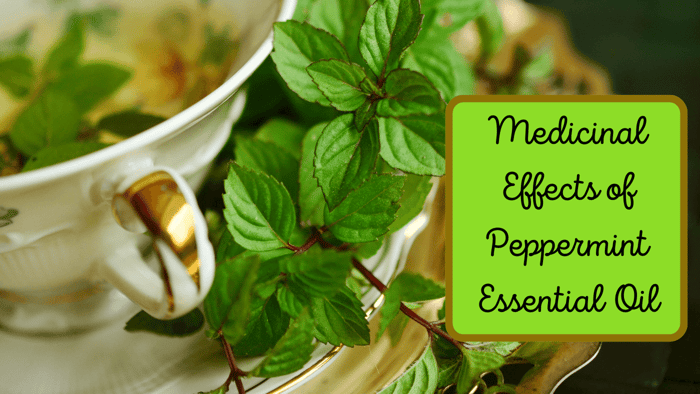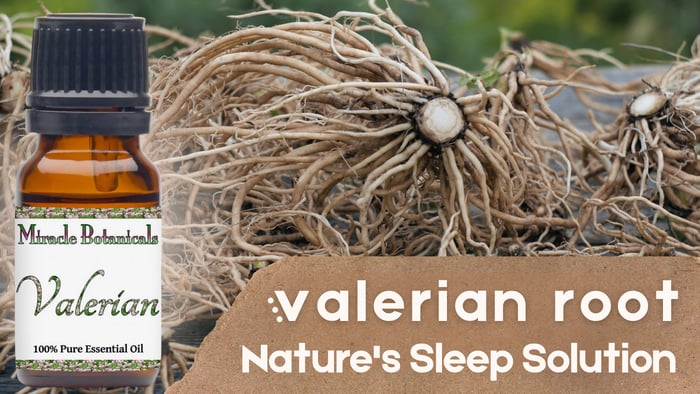The sublime Sage Essential Oil is an aromatic powerhouse with a myriad of benefits. From its distinctive aroma to its potent health advantages, this oil is a must-have in every essential oil collection.

Technical Information
- Botanical Name: Salvia officinalis
- Common Name: Sage
- Family: Lamiaceae
- Plant Part Used: Leaves
- Color: Clear to pale yellow to green
- Consistency: Thin
- Extraction Method: Steam Distillation
- Perfumery Note: Middle
- Aroma: Herbaceous and camphoraceous with a light spicy note, deep, peppery, fresh
Chemical Properties and Main Components
The primary constituents of Sage Essential Oil include Thujone, Camphor, and Alpha-Thujene, which contribute to its unique therapeutic properties. These components lend the oil its antimicrobial, anti-inflammatory, and antioxidant characteristics.
- cis-Thujone: This compound is known for its antimicrobial and anti-inflammatory effects, which, among many other benefits, can help reduce skin inflammation and combat acne-causing bacteria. However, due to its potential neurotoxic effects, it should be diluted to a maximum of 5% before applying to the skin. (I like to use it at 1% with other essential oils in a carrier oil base)
-
Camphor: Camphor is known for its cooling effect that can soothe skin irritation, redness, and itchiness. Additionally, its antibacterial and antifungal properties may help improve skin conditions like acne and fungal infections.
-
trans-Thujone: Similar to cis-Thujone, trans-Thujone exhibits antimicrobial activity that can help keep the skin free from bacteria and potential infections. However, it's also associated with neurotoxic effects and should be used carefully. See my dilution recommendation under cis-Thujone, above.
-
Eucalyptol (also known as 1,8-cineole): Eucalyptol is known for its ability to alleviate inflammation and pain, making it potentially beneficial for all kinds of inflammatory skin conditions including skin inflammation like eczema, or dermatitis. Moreover, its antiseptic properties could help cleanse the skin and prevent blemishes(1).
Remember, while these compounds have potential benefits, they can also cause adverse effects if used improperly or excessively.
Specific Benefits of the Essential Oil
 Sage Oil has been known for its potential benefits, including:
Sage Oil has been known for its potential benefits, including:
- Assisting in Alleviating Mental Fatigue and Depression: Sage oil is often used in aromatherapy due to its potential calming effects. It is believed to enhance cognitive activity and help alleviate mental fatigue, stress, and anxiety. While there isn't a vast amount of scientific literature specifically on sage essential oil's effects on mental health, some studies suggest that Salvia plants (which include sage) have anti-depressant and anti-stress effects (2).
-
Supporting Digestive Health: The antispasmodic properties of Sage Oil can help soothe the digestive system, relieving symptoms like bloating, cramps, and indigestion. Additionally, it can stimulate the secretion of digestive enzymes and bile, aiding in the digestion of fats and proteins (3).
-
Contributing to Respiratory Health: Sage Essential Oil is believed to have expectorant properties, which can aid in clearing the respiratory tract. It can potentially provide relief from symptoms of congestion and coughs by loosening and expelling mucus. Additionally, it may soothe irritated nasal passages and throat due to its anti-inflammatory effects.
Specifically, sage has been used traditionally to treat ailments like coughs, asthma, and bronchitis (4). This suggests that sage essential oil could potentially have similar benefits for respiratory health. However, more research is needed to fully understand these potential benefits and their mechanisms.
-
Offering Antioxidant Support to the Body: Sage Oil is rich in antioxidants, which are molecules that help protect the body from harmful free radicals. These free radicals can cause oxidative stress, leading to chronic diseases and premature aging. By neutralizing these free radicals, the antioxidants in Sage Essential Oil can help maintain overall health and wellness (5).
-
Remember, while essential oils can offer numerous benefits, they should be used responsibly and in moderation. Always consult with a healthcare professional before incorporating new essential oils into your regimen.
Skincare Benefits of Sage Oil
Sage Essential Oil has several skincare benefits that make it a popular ingredient in many beauty and skincare products. Here are some of the benefits according to various sources:
-
Antibacterial and Antifungal Properties: Sage essential oil may help eliminate toxins and combat skin infections due to its antibacterial and antifungal properties.
-
Soothes Skin Inflammation: The oil contains a powerful compound called linalyl acetate that can reduce skin inflammation and promote healing.
-
Improves Skin Conditions: Sage essential oil may assist in improving acne, athlete's foot, chapped skin, and relieve symptoms of eczema and psoriasis.
-
Anti-aging Benefits: It is often used to help slow down signs of aging like wrinkles and sagging skin by providing hydration, antioxidants, and other nutrients essential for wrinkle repair and prevention.
-
Safe for Most Skin Types: Sage essential oil offers numerous benefits. It's generally considered safe for most people when used properly, but it should be avoided by pregnant women and individuals with certain conditions (6).
Is Sage Oil Safe for Children?
While Sage Essential Oil offers numerous benefits, it is not recommended for use on or around children due to its high Thujone content. Always consult with a healthcare professional before using any essential oil.
Recipes for Sage Oil
Sage Essential Oil blends well with citrus oils like Lemon and Bergamot, as well as other herbaceous oils like Lavender and Rosemary. Try adding a few drops of Sage Essential Oil to a diffuser for a refreshing and uplifting atmosphere. For a soothing massage oil, blend Sage Essential Oil to 1-5% with a carrier oil.
1. Refreshing Diffuser Blend
Ingredients:
- 3 drops of Sage Essential Oil
- 2 drops of Lemon Essential Oil
- 2 drops of Bergamot Essential Oil
Instructions:
- Add all the essential oil drops to your diffuser.
- Fill the diffuser with water up to the recommended level.
- Turn on the diffuser and enjoy a refreshing and uplifting atmosphere.
2. Soothing Massage Oil
Ingredients:
- 10 ml (about 2 teaspoons) of a carrier oil (e.g., Rose Hip Seed, Watermelon Seed, or Tamanu)
- 2 drops of Sage Essential Oil
- 1 drop of Lavender Essential Oil
Instructions:
- In a small bottle, mix the Sage and Lavender essential oils with the carrier oil.
- Cap the bottle and gently shake to blend the oils.
- Use a small amount to massage onto the desired area, avoiding sensitive spots.
3. Invigorating Morning Bath
Ingredients:
- 4 drops of Sage Essential Oil
- 3 drops of Rosemary Essential Oil
- 2 drops of Lime Essential Oil
- 1 tablespoon of carrier oil or full-fat milk (to disperse the oils)
Instructions:
- Blend the essential oils with the carrier oil or milk in a small container.
- Draw a warm bath and add the oil mixture to the water, swirling to disperse.
- Soak in the bath for 15-20 minutes to start your day with an invigorating boost.
4. Focus and Clarity Room Spray
Ingredients:
- 100 ml of distilled water
- 20 drops of Sage Essential Oil
- 15 drops of Tangerine Essential Oil
- 10 drops of Ylang Ylang Essential Oil
- A spray bottle
Instructions:
- Add the essential oils to the spray bottle.
- Fill the rest of the bottle with distilled water.
- Shake well to mix.
- Use as a room spray to enhance focus and clarity during work or study.
Safety Tips:
- Always perform a patch test before using a new essential oil blend on the skin.
- Do not ingest essential oils without extensive knowledge about essential oils or without guidance from an aromatherapist.
- If pregnant, nursing, or under a doctor’s care, consult your physician before using essential oils.
- Keep essential oils out of reach of children and pets.
These recipes are designed to harness the aromatic and therapeutic properties of Sage Oil in harmony with other complementary oils. Enjoy creating your own serene and invigorating environments!
Experience the aromatic and therapeutic benefits of Sage Oil today.






